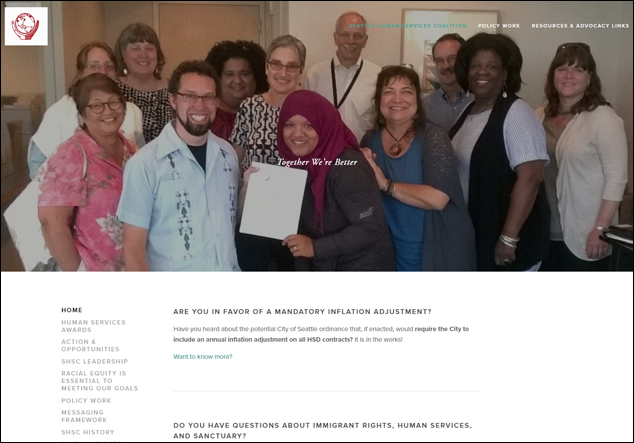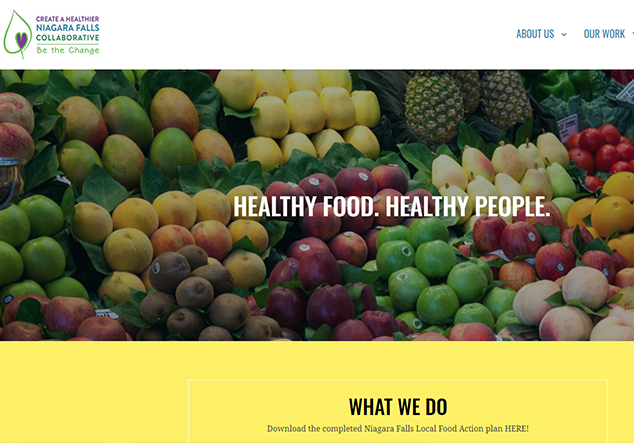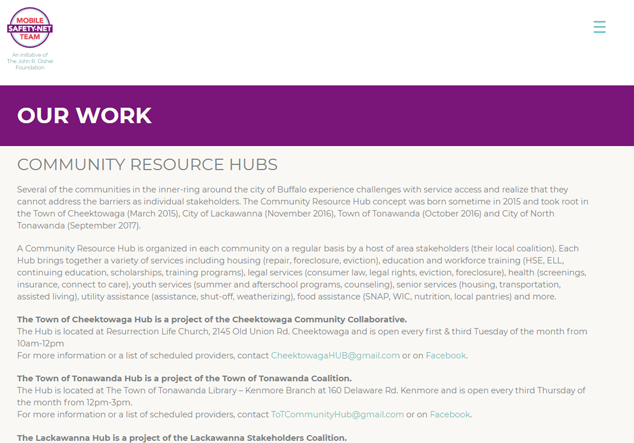Why This Strategy Matters
There are over 1,000 individual service providers working to improve residents' lives in the 12 communities studied for Numbers in Need. Insights from both residents and providers show that many organizations face challenges when trying to collaborate and connect residents with service providers outside their expertise. Provider coalitions can encourage coordination, cooperation, communication, and partnerships that strengthen human service delivery systems. Coalitions can enhance the landscape of human services through programming, fund development, training on selected issues, and learning opportunities for executives and employees of service providers.






